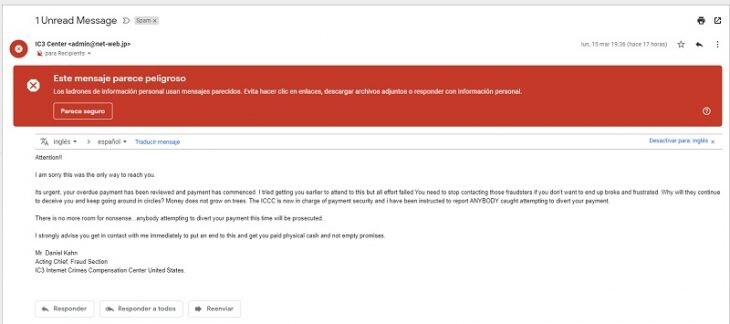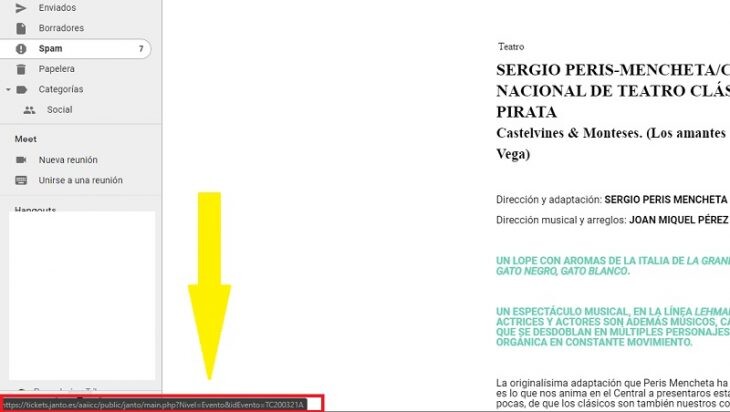What is phishing ? Surely more than once you have heard this word that is directly related to scams and deceptions. If you do not want to be a victim of one of their attacks, read carefully and follow the advice that we provide in the following lines..
We opened our email one day. Our bank has just sent us a message inviting us to please change our security password, since its servers have been victims of a cyber attack. We do not see anything strange in the email : the bank's logo appears, the website also, everything seems legitimate. But is not. It is a hoax , more specifically, a phishing .
What is phishing ?
According to Wikipedia, phishing is a "set of techniques that try to deceive a victim by gaining their trust, posing as a trusted person, company or service." It is, in short, a full- blown identity theft . The scammers pose as a legitimate service so that the customer agrees to provide their personal data. Once registered on the illegitimate site, you lose them: criminals are given free access so that they can enter, for example, your bank accounts..
Impersonation can be so well designed that, at first glance, everything can appear authentic. And many people, every day, fall victim to this deception due to the sophistication that this form of scam has reached. That is why we must follow these instructions when we open an email for a service that we have contracted.

How can we find out about a phishing attack?
When we have a suspicious email, we must look at the following:
- The sender's address . We look carefully who has sent us the mail . We look for that address on the internet: we will surely find clues about the address, if it is real or false, if there are records of attacks related to it, etc.
- If the email redirects us to a link , we place the cursor over it but without clicking. What we have to do is look at the bottom of the screen, as the URL to which that link redirects will appear. Then, we search the internet for what that website is.

- Never, ever, a bank will send us an email to ask us for the password or to click on a link or any other operation. It is something that we must take into account.
With these three tips, we can avoid the vast majority of phishing attacks that we receive. One of the great prevention measures is to resort to common sense: if we observe something strange in an email, it is better not even to open it..
Cover image | Pexels